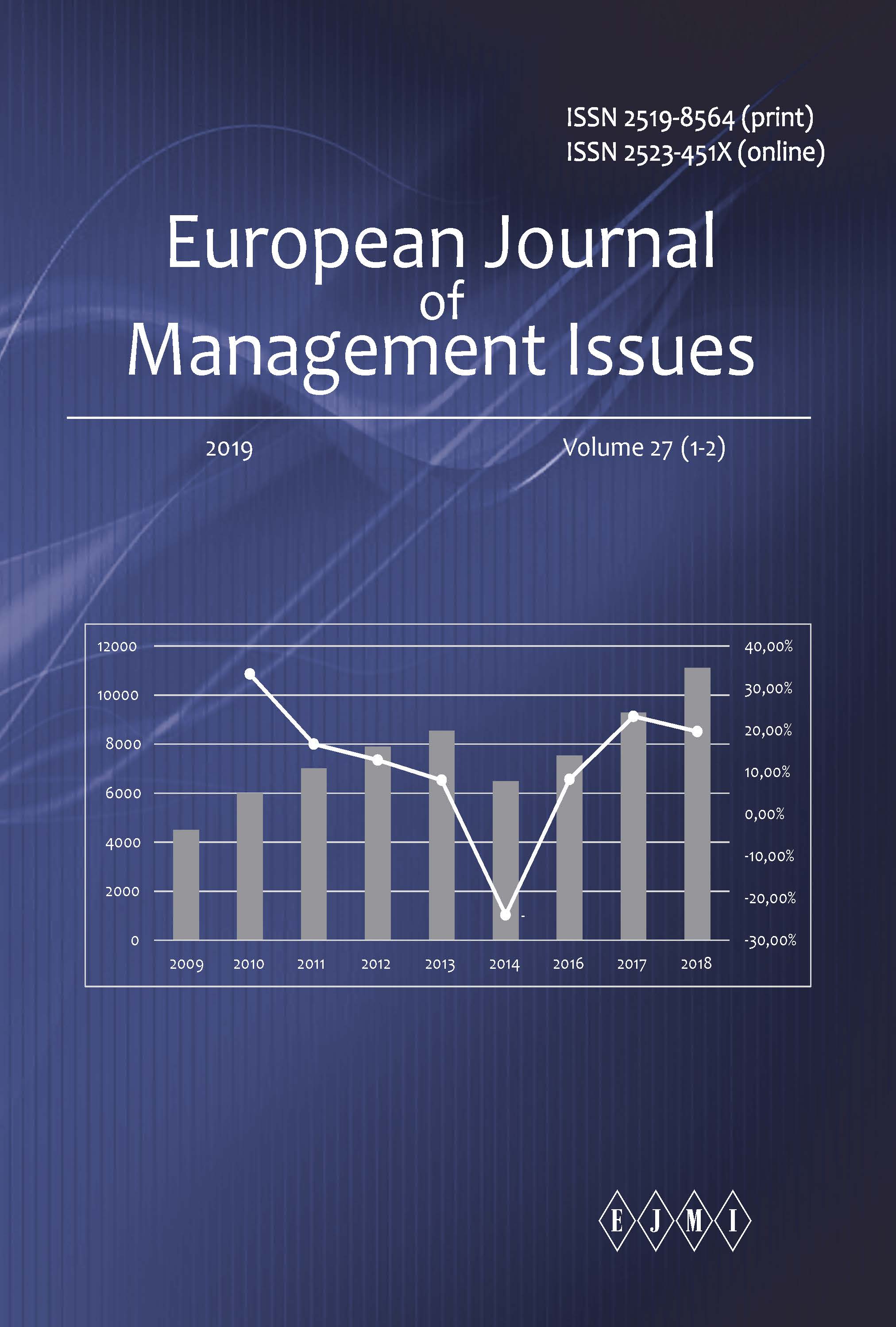Month of the year effect in the cryptocurrency market and portfolio management
Month of the year effect in the cryptocurrency market and portfolio management
Author(s): Alex Plastun, Anna Drofa, Tetyana KlyushnikSubject(s): Business Economy / Management, Financial Markets
Published by: Дніпропетровський національний університет імені Олеся Гончара
Keywords: Calendar Anomalies; seasonal effects; Efficient Market Hypothesis; Cryptocurrency; Bitcoin;
Summary/Abstract: Purpose – to investigate the Month of the year effect in the cryptocurrency market.Design/Method/Research Approach. A number of parametric and non-parametric technics are used, including average analysis, Student's t-test, ANOVA, Kruskal-Wallis statistic test, and regression analysis with the use of dummy variables.Findings. In general (case of overall testing – when all data is analyzed at once) calendar the Month of the Year Effect is not present in the cryptocurrency market. But results of separate testing (data from the period “suspicious for being anomaly” with all the rest of the data, except the values which belong to the “anomaly data set”) shows that July and August returns are much lower than returns on other months. These are the worst months to buy Bitcoins.Theoretical implications. Results of this paper claim to find some holes in the efficiency of the cryptocurrency market, which can be exploited. This contradicts the Efficient Market Hypothesis.Practical implications. Results of this paper claim to find some holes in the efficiency of the cryptocurrency market, which can be exploited. This provides opportunities for effective portfolio management in the cryptocurrency market.Originality/Value. This paper is the first to explore Month of the Year Effect in the cryptocurrency market. Paper type – empirical.
Journal: European Journal of Management Issues
- Issue Year: 27/2019
- Issue No: 1-2
- Page Range: 29-35
- Page Count: 7
- Language: English

